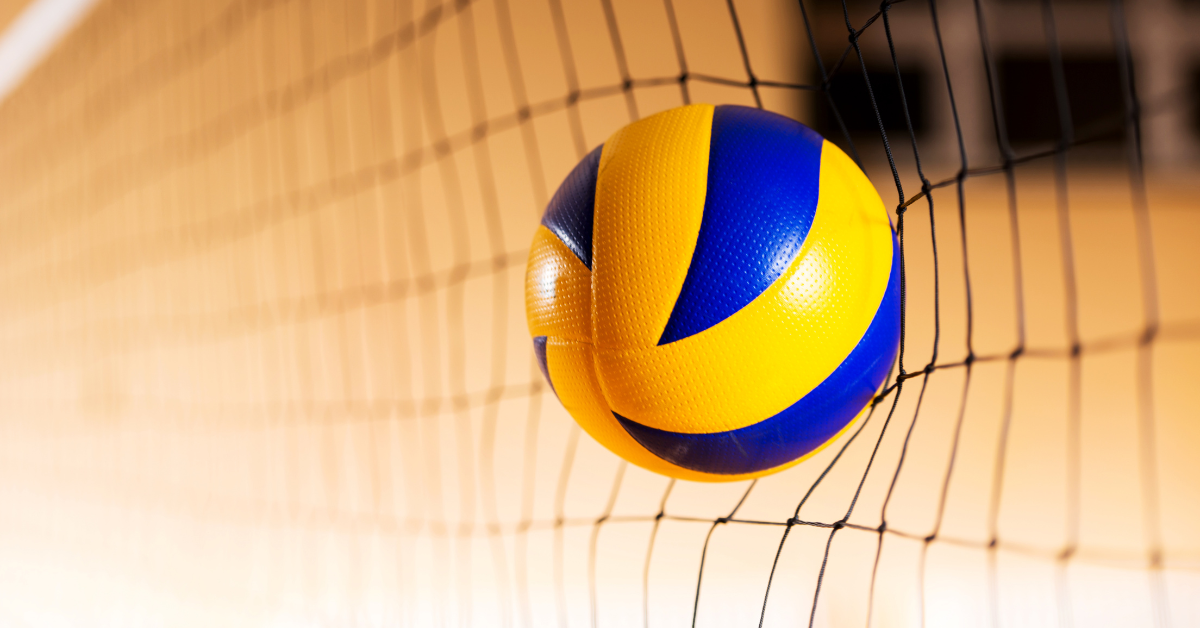In Japan, “Haikyuu!!” resonates deeply with viewers because it emphasizes not just competition, but growth through adversity. The series showcases how effort, humility, and team spirit can lead to personal transformation — a message that aligns with Japan’s educational and social ideals.
Emotional Themes That Resonate in Japan
“Haikyuu!!” captures key emotional themes that align with Japanese values. Viewers often mention how the show feels genuine rather than theatrical, especially in the way it portrays success, failure, and recovery. The protagonist, Hinata, symbolizes inner strength and hope, particularly to students navigating adolescence.
| Core Theme | Japanese Value Reflected | Emotional Impact |
|---|---|---|
| Perseverance | Gambaru (to persist) | Motivates youth to keep trying |
| Team Cooperation | Wa (harmony) | Reinforces importance of unity |
| Respect for Rivals | Sonkei (respect) | Promotes empathy and sportsmanship |
| Growth Through Effort | Kaizen (continuous improvement) | Encourages long-term self-reflection |
These principles are taught in schools and embedded in work culture, which explains why the anime feels relatable to a wide Japanese audience.
Rise in Volleyball Club Membership
Following the release of “Haikyuu!!”, there was a spike in interest in volleyball among teenagers. Teachers reported higher participation rates and improved club spirit.
| Year | Average Increase in School Club Members | Notes |
|---|---|---|
| 2014 | +12 percent | One year after anime debut |
| 2016 | +20 percent | Nationwide sports education campaign |
| 2020 | +15 percent | Anime re-airing during school lockdowns |
| 2022 | +18 percent | Final manga volumes gain attention |
The series has become a recruitment tool — not only in encouraging students to join, but also to stay committed.
Top-Ranked Episodes Among Japanese Fans
Fans in Japan voted on their favorite “Haikyuu!!” episodes, and the results reflect a preference for emotional turning points over flashy victories.
| Episode Title | Season | Why It Resonated |
|---|---|---|
| “The Battle of Concepts” | S4 | Showcases philosophical approach to sports |
| “Guardian Deity” | S2 | Deepens understanding of defensive strategy |
| “The View From the Top” | S1 | Emphasizes dreams and limitations |
| “The Halo Around the Moon” | S3 | Marks a shift in Karasuno’s team dynamics |
These episodes were praised in domestic forums for their psychological intensity and layered storytelling.
Anime Production and Artistic Quality
Behind its success is a meticulous production process, which Japanese critics often praise. Animation studio Production I.G. is known for its attention to motion and form, making volleyball sequences not just technically accurate but emotionally powerful.
| Element | Studio Execution | Audience Response |
|---|---|---|
| Character Animation | Dynamic but grounded in realism | Feels personal and authentic |
| Match Sound Design | Realistic ball and sneaker audio | Enhances tension during matches |
| Visual Direction | Emphasis on close-up emotion shots | Connects deeply with viewer feelings |
| Voice Acting | Nuanced, regionally accented delivery | Adds locality and depth |
Japanese fans frequently mention these elements in reviews and social media posts, highlighting the production quality as a major reason for emotional immersion.
Real-Life Brand Collaborations in Japan
The anime’s influence extends to commerce. Numerous brands have partnered with “Haikyuu!!” for product campaigns.
| Brand | Collaboration Example | Fan Reception |
|---|---|---|
| Lawson (Convenience) | Bento boxes with character labels | Sold out in major cities |
| Uniqlo | Limited-edition graphic tees | Highly popular among teens |
| Japan Volleyball Assoc. | Beginner’s guide featuring Karasuno | Boosted national volleyball outreach |
| JR Railways | Station posters featuring Hinata | Increased foot traffic |
These collaborations were seen as natural, not gimmicky, showing that “Haikyuu!!” blends easily into Japanese lifestyle.
Long-Term Cultural Legacy
“Haikyuu!!” has entered textbooks, essays, and even public speaking contests as an example of determination and teamwork. Students write about it in entrance exams, and university clubs often reference it in recruiting events. The values in the show are so integrated into school life that they now feel like an educational tool, not just a story.
Conclusion
“Haikyuu!!” remains a benchmark in Japan not because of flashy visuals or over-the-top battles, but because of how deeply it mirrors Japanese principles. It reinforces the belief that with hard work, community, and empathy, one can grow stronger. Whether you’re a student, a parent, or a teacher, “Haikyuu!!” is a reminder that greatness lies not in talent alone, but in persistence and heart.






